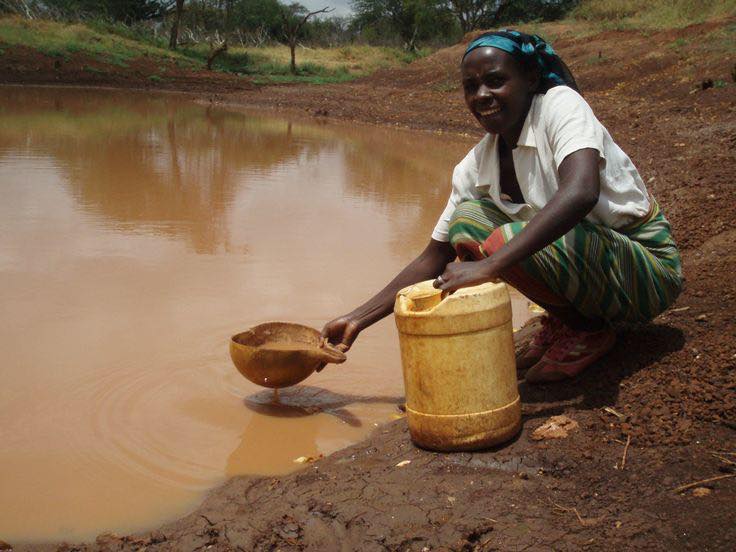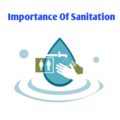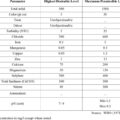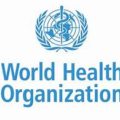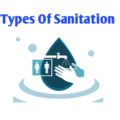A good source of water is crucial in many parts of our day-to-day life. To be supplied to the everyday person or as part of a commercial service, water quality needs to be at a sufficient level to ensure that is safe enough for human consumption.
As the world marks another Global water Day let’s use the opportunity to enlighten us. According to the United Nations, over 663 million people around the world still don’t have access to clean drinking water. Many of this number reside in Asia and Africa. People live healthier and more successful lives when they have access to quality water that is hygienic and safe for consumption.
The benefits of having access to an improved drinking water source can only be fully realized when there is also access to improved sanitation and adherence to good hygiene practices. Beyond the immediate, obvious advantages of people being hydrated and healthier, access to water, sanitation, and hygiene – known collectively as WASH – has profound wider socio-economic impacts, particularly for women and girls.
The fact that WASH is the subject of dedicated targets within the Sustainable Development Goal (SDG 6) is a testament to its fundamental role in public health and therefore in the future of sustainable development. Indeed, access to safe water and sanitation are human rights, as recognized in 2010 by the United Nations General Assembly. For universal fulfillment of these rights to become reality, we will need the right systems: well-resourced, capable institutions delivering services and changing behavior in resilient and appropriate ways.
Unsafe hygiene practices are widespread, compounding the effects on people’s health. The impact on child mortality rates is devastating with more than 700 children under five who die every day from diarrhoeal diseases due to poor sanitation, poor hygiene, or unsafe drinking water.
Water
A person without access to improved drinking water – for example from a protected borehole well or municipal piped supply for instance – is forced to rely on sources such as surface water, unprotected and possibly contaminated wells, or vendors selling water of unverifiable provenance and quality. Mostily because borehole drilling is expensive
For many communities, water sources are usually far from their homes, and it typically falls to women and girls to spend much of their time and energy fetching water, a task which often exposes them to attack from men and even wild animals.
Sanitation
Without improved sanitation – a facility that safely separates human waste from human contact – people have no choice but to use inadequate communal latrines or practice open defecation. For women and girls, finding a place to go to the toilet outside, often having to wait until the cover of darkness, can leave them vulnerable to abuse and sexual assault.
In the immediate environment, exposed fecal matter will be transferred back into people’s food and water resources, helping to spread serious diseases such as cholera. Beyond the community, the lack of effective waste disposal or sewerage systems can contaminate ecosystems and contribute to disease pandemics.
Hygiene
In some parts of the world, there is little or no awareness of good hygiene practices and their role in reducing the spread of disease. However, it is often the case that even when people do have knowledge of good hygiene behavior, they lack the soap, safe water, and washing facilities they need to make positive changes to protect themselves and their community.
The effects of poor sanitation in water supply can cause a large range of issues from health and well-being related through to economic and societal issues. The health issues alone make this a worthwhile cause to tackle for anyone that can involve themselves in helping those less fortunate than ourselves.
Health risks are often exacerbated by poor sanitation and hygiene practices and many preventable health problems and diseases can be avoided with little education and the right environment and products (clean water, soap, water filters, composting toilets, greywater systems, etc).

